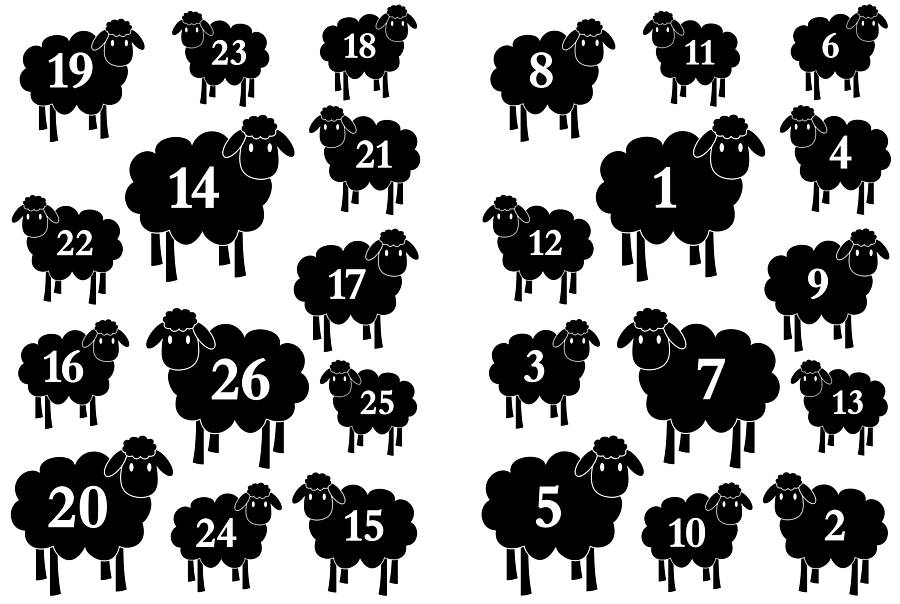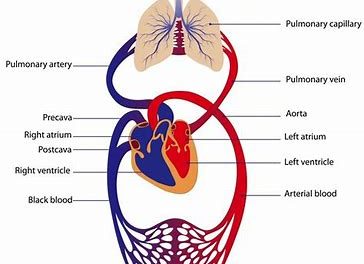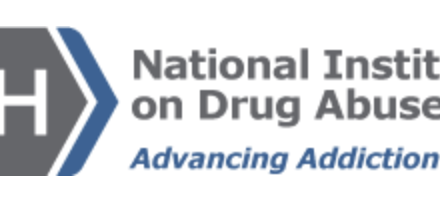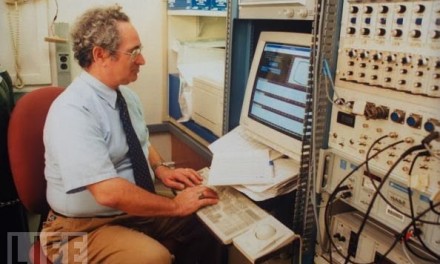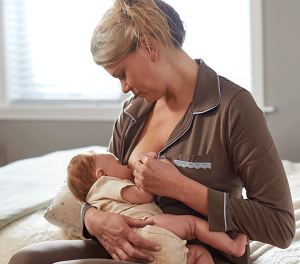Thanks to the American Academy of Sleep Medicine for providing these statistics re Insomnia in the US.
Prevalence
- About 30 to 35% of the population has transient insomnia symptoms.
- The one-year prevalence of short-term insomnia disorder (less than 3 months) among adults appears to be in the range of 15% to 20%. Like chronic insomnia disorder, short-term insomnia disorder is more prevalent in women than in men.
- The full clinical syndrome of chronic insomnia disorder (at least 3 months) occurs in about 10% of the population. Chronic insomnia disorder is more common in women.
Source: International Classification of Sleep Disorders, Third Edition. American Academy of Sleep Medicine, 2014.
Health care costs
- U.S. health care spending on insomnia was $5.1 billion in 2013.
- The annualized rate of change from 1996 – 2013 was 2.2%.
- 72% of insomnia spending was on ambulatory care, 17% was on pharmaceuticals, and 10% was on inpatient care.
- Insomnia spending ranked #69 among 155 conditions.
- In comparison, spending on depressive disorders ranked #6 ($71.1 billion, 32% pharmaceuticals, 3.4% annualized rate of change) and spending on anxiety disorders ranked #26 ($29.7 billion, 19.7% pharmaceuticals, 5% annualized rate of change.
Source: Dieleman JL, Baral R, Birger M, et al. US Spending on Personal Health Care and Public Health, 1996-2013. JAMA. 2016 Dec 27;316(24):2627-2646.
Office Visits & Prescriptions
- The number of office visits with insomnia as the stated reason for visit increased from 4.9 million visits in 1999 to 5.5 million visits in 2010 (13% increase).
- The number of prescriptions for any sleep medication ranged from 5.3 in 1999 to 20.8 million in 2010 (293% increase).
Source: Ford ES, Wheaton AG, Cunningham TJ, et al. Trends in outpatient visits for insomnia, sleep apnea, and prescriptions for sleep medications among US adults: findings from the National Ambulatory Medical Care survey 1999-2010. Sleep. 2014 Aug 1;37(8):1283-93.
Prescription Medications
- About 4% of U.S. adults aged 20 and over used prescription sleep aids in the past month.
- The percentage of adults using a prescription sleep aid increased with age and education.
- The rate was lowest among adults between the ages of 20 and 39 years (1.8%) and highest among adults who were at least 80 years old (7%).
- More adult women (5.0%) used prescription sleep aids than adult men (3.1%).
- Non-Hispanic white adults were more likely to use sleep aids (4.7%) than non-Hispanic black (2.5%) and Mexican-American (2.0%) adults.
- Prescription sleep aid use varied by sleep duration and was highest among adults who sleep less than 5 hours (6.0%) or sleep 9 or more hours (5.3%).
- One in six adults with a diagnosed sleep disorder and one in eight adults with trouble sleeping reported using sleep aids.
Source: Chong Y, Fryar CD, Gu Q. Prescription sleep aid use among adults: United States, 2005–2010. NCHS data brief, no 127. Hyattsville, MD: National Center for Health Statistics. 2013.
-
Among older adults in the U.S. aged 65-80 years, use of a sleep product was reported by 35.4%
-
8.3% used prescription sleep medication -
5.0% used prescription pain medication
-
Source: Maust DT, Solway E, Clark SJ, Kirch M, Singer DC, Malani P. Prescription and Nonprescription Sleep Product Use Among Older Adults in the United States. Am J Geriatr Psychiatry. 2019 Jan;27(1):32-41.
CDC data suggest that prescription sleep aids are taken much less frequently than these most commonly used prescription drugs among adults between 20 and 59 years old:
- antidepressants (10.8%)
- analgesics for pain relief (10.1%)
- cholesterol lowering drugs (8.4%).
Among adults who are at least 60 years old, the most frequently used prescription drugs were:
- cholesterol lowering drugs (44.9%)
- β-blockers (26.4%)
- diuretics (19.9%)
Source: Gu Q, Dillon CF, Burt VL. Prescription drug use continues to increase: U.S. prescription drug data for 2007-2008. NCHS data brief, no 42. Hyattsville, MD: National Center for Health Statistics. 2010.
A total of 1,608 survey respondents reported the use of prescription or nonprescription sleep medication during the year 2010, which represented an estimated 19 million (10.15%) respondents using sleep medication nationally, after adding weights to obtain population estimates.
Source: Vaidya V, Gabriel MH, Gangan N, Borse M. Characteristics of prescription and nonprescription sleep medication users in the United States. Popul Health Manag. 2014 Dec;17(6):345-50.
Alcohol and OTC Sleep Aids
- Among older adults in the U.S. aged 65-80 years, use of a sleep product was reported by 35.4%
- 21.9% used OTC sleep aids
- 12.5% used herbal/natural aids
Source: Maust DT, Solway E, Clark SJ, Kirch M, Singer DC, Malani P. Prescription and Nonprescription Sleep Product Use Among Older Adults in the United States. Am J Geriatr Psychiatry. 2019 Jan;27(1):32-41.
-
13% of adults used alcohol as a sleep aid in the past year. -
10% used an over the counter sleep aid in the past year.
Source: Johnson EO, Roehrs T, Roth T, Breslau N. Epidemiology of alcohol and medication as aids to sleep in early adulthood. Sleep. 1998 Mar 15;21(2):178-86.
-
Among 41.3 million adults aged 65+, 6.3 million report sleeplessness with insomnia/sleep difficulties, or 15.3%. -
Of the 6.3 million, 1.1 million used an OTC sleep aid, 17.5% of people with symptoms, and 2.7% of the total older adult population.
Source: Albert SM, Roth T, Toscani M, Vitiello MV, Zee P. Sleep Health and Appropriate Use of OTC Sleep Aids in Older Adults-Recommendations of a Gerontological Society of America Workgroup. Gerontologist. 2017 Apr 1;57(2):163-170. (Citing: Gross HJ, O’Neill G, Toscani M, Chapnick J. (2015). Sex differences in over-the-counter sleep aid use in older adults. ISPOR 20th Annual International Meeting. Philadelphia.)
- We suggest that clinicians not use diphenhydramine as a treatment for sleep onset and sleep maintenance insomnia (versus no treatment) in adults. (WEAK)
- We suggest that clinicians not use melatonin as a treatment for sleep onset or sleep maintenance insomnia (versus no treatment) in adults. (WEAK)
- We suggest that clinicians not use tryptophan as a treatment for sleep onset or sleep maintenance insomnia (versus no treatment) in adults. (WEAK)
- We suggest that clinicians not use valerian as a treatment for sleep onset or sleep maintenance insomnia (versus no treatment) in adults. (WEAK)
Source: Sateia MJ, Buysse DJ, Krystal AD, Neubauer DN, Heald JL. Clinical practice guideline for the pharmacologic treatment of chronic insomnia in adults: an American Academy of Sleep Medicine clinical practice guideline. J Clin Sleep Med. 2017;13(2):307–349.
Melatonin
- Melatonin use among adults in the United States more than doubled between 2007 and 2012.
- 1.3% of U.S. adults (3.1 million) used melatonin
- Melatonin use by children rose significantly, up from 0.1% in 2007. That’s 332,000 more children than in 2007.
- 0.7% of U.S. children (419,000) used melatonin
Source: Clarke TC, Black LI, Stussman BJ, Barnes PM, Nahin RL. Trends in the use of complementary health approaches among adults: United States, 2002–2012. National health statistics reports; no 79. Hyattsville, MD: National Center for Health Statistics. 2015.

